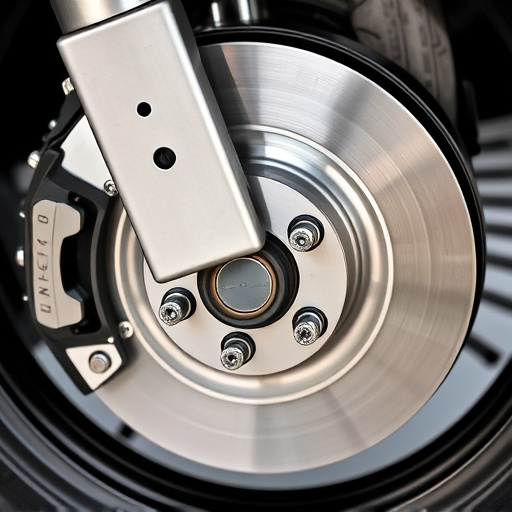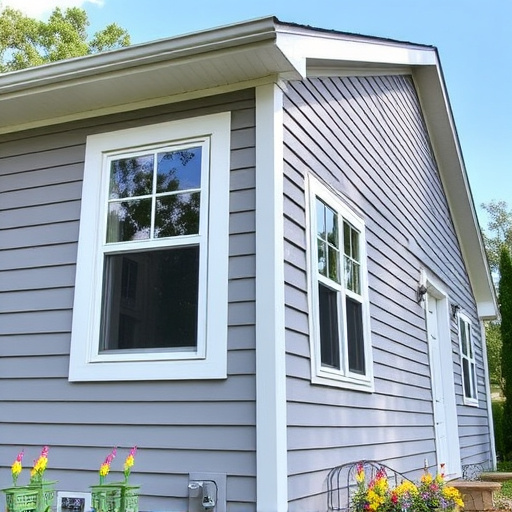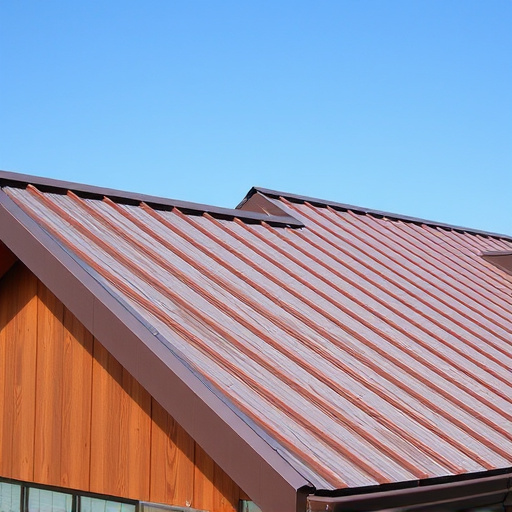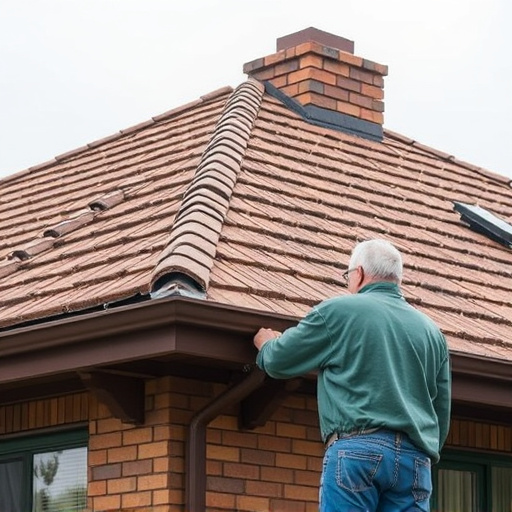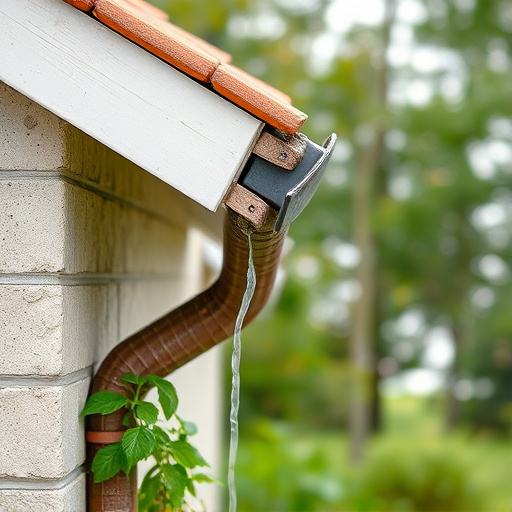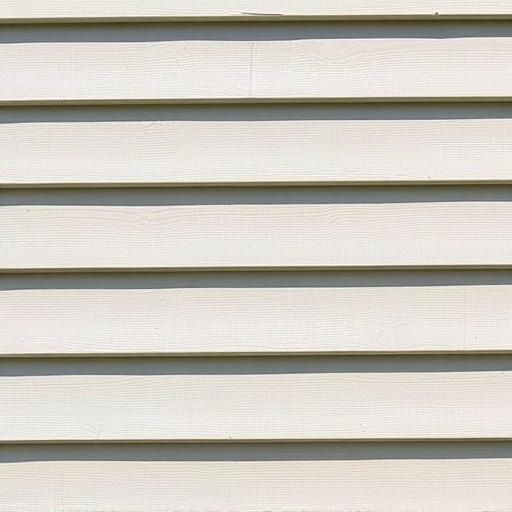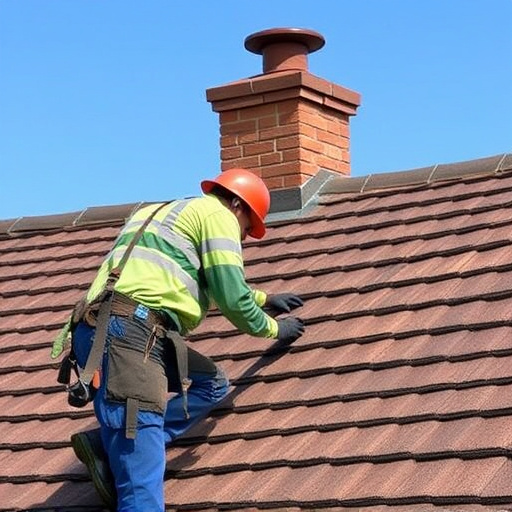Conduct a comprehensive roof inspection before winter to identify damage and wear, focusing on edges and valleys. Maintain proper roof ventilation to regulate indoor temperatures and prevent moisture buildup. Address leaks and enhance insulation for improved energy efficiency. Regular inspections help detect storm damage, requiring prompt professional repairs to protect your home. Prioritize roof maintenance for optimal durability against harsh weather conditions.
As winter approaches, preparing your home becomes crucial. One often-overlooked aspect is roof maintenance, which can make a significant difference in keeping your space cozy and safe. This article guides you through essential roof care practices, focusing on inspecting for damage, ensuring proper ventilation, and sealing leaks to prevent snow accumulation and insulation loss. By implementing these simple yet effective strategies, you’ll be well-prepared for the cold season ahead.
Inspect for Damage and Wear
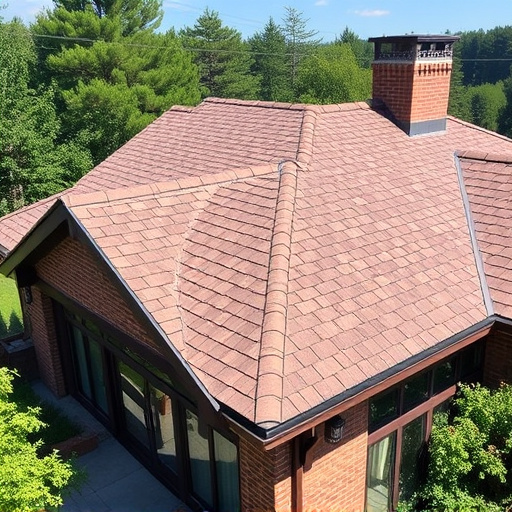
Before winter sets in, it’s crucial to perform a thorough inspection of your roof for any signs of damage or wear. This step is an integral part of regular roof maintenance and can prevent significant issues during the colder months. Walk around your property and examine the roof from various angles, checking for missing shingles, damaged gutters, or any signs of leaks. Even small cracks or loose fixtures could indicate a bigger problem and may require immediate attention.
During this inspection, pay close attention to areas often overlooked, such as the roof’s edges and valleys. These parts are more vulnerable to damage due to their constant exposure to harsh weather conditions. If you notice any significant issues with your home exterior services, don’t delay; contact professionals specializing in siding repairs to assess and fix these problems promptly. Regular maintenance ensures your roof is in top condition, providing protection for your entire commercial siding throughout the winter season.
Ensure Proper Ventilation
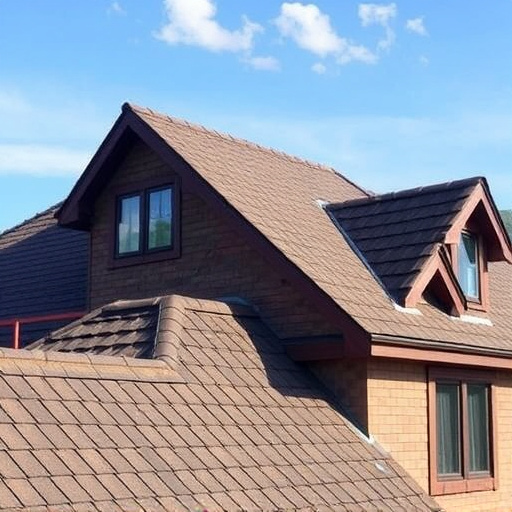
Maintaining proper ventilation on your roof is an essential part of preparing your home for winter. Adequate ventilation helps regulate indoor temperatures and reduce moisture buildup, which can lead to mold and mildew growth. By ensuring proper airflow, you also prevent excessive wear and tear on your roofing materials due to extreme temperature changes.
In the context of roof maintenance, paying attention to ventilation is a proactive step towards safeguarding your home from potential storm damage repair needs. It keeps your roof structure healthy and stable throughout the winter season. Consider enhancing your current roofing solutions with proper ventilation systems to create an efficient, durable barrier against harsh weather conditions.
Seal and Insulate Leaks
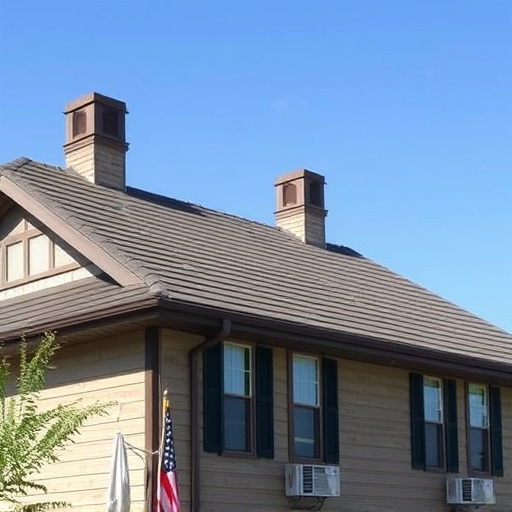
Before winter sets in, it’s crucial to address any leaks in your roof and walls. Sealant applications can fill cracks and crevices, preventing snow and cold air from seeping into your home. Insulation is equally vital; it creates a barrier that traps heat, ensuring your living space remains warm and cozy. This step is a game-changer for energy efficiency and overall comfort during the colder months.
Regular roof maintenance includes checking for any signs of damage caused by storm events or extreme weather conditions. If you notice missing shingles or damaged siding, it’s best to contact residential roofing professionals who offer excellent siding services. Prompt action on these issues will save you from costly repairs later and ensure your home is well-protected against the elements.
Regular roof maintenance is essential for preparing your home for winter’s harsh conditions. By inspecting for damage, ensuring proper ventilation, and sealing leaks, you can enhance energy efficiency, prevent water intrusion, and prolong the lifespan of your roof. These simple yet effective steps will contribute to a cozy and secure indoor environment during the colder months. Implement these strategies as part of your annual home maintenance routine to ensure your roof is ready to withstand winter’s challenges.






